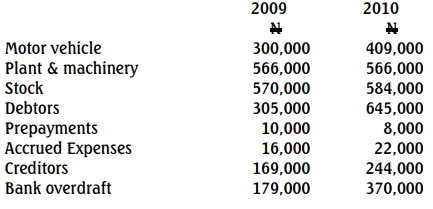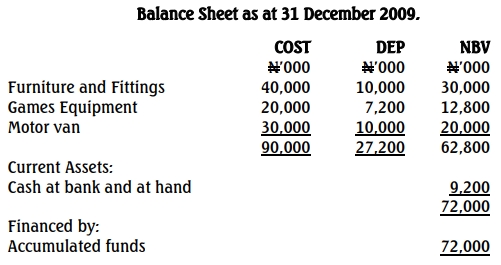- 5 Marks
FA – Nov 2024 – L1 – Q5c – Profitability vs Liquidity Ratios
Explain the difference between profitability and liquidity ratios and provide two examples of each.
Question
Accounting ratios cover a wide array of ratios that are used by accountants and act as different indicators that measure profitability, liquidity, and potential financial distress in a company’s financials.
Required:
Differentiate between profitability ratios and liquidity ratios and give TWO examples each.
Find Related Questions by Tags, levels, etc.
Report an error



